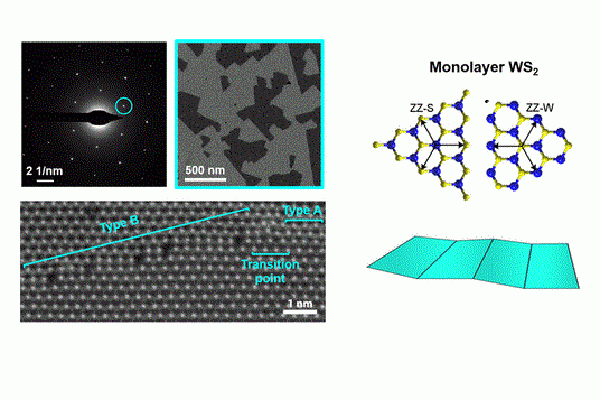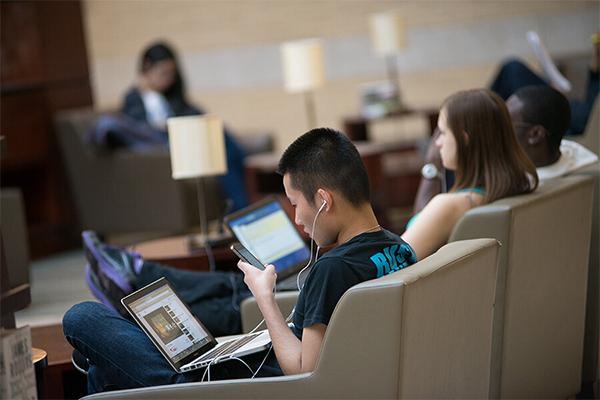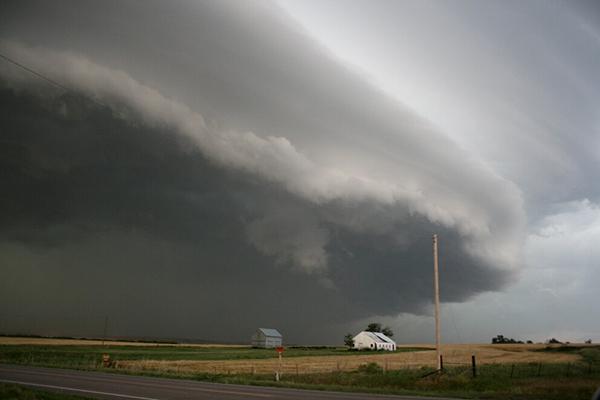Two-dimensional materials are essential for developing new ultra-compact electronic devices, but producing defect-free 2D materials is a challenge.
It was around 11 a.m. — about an hour after the morning’s frost had lifted — and Garrett Bastardi, flanked by about 100 other golfers, was still patiently waiting with friends for a 9:30 a.m. tee time at a North Carolina golf course.
A novel method of characterizing the structural and chemical evolution of silicon and a thin layer that governs battery stability may help resolve issues that prevent using silicon for high-capacity batteries, according to a group of researchers.
A combination of a once-debunked 19th-century identification of a water-carrying iron mineral and the fact that these rocks are extremely common on Earth, suggests the existence of a substantial water reservoir on Mars, according to a team of geoscientists.
In nature, the interaction of molecules at the boundary of different liquids can give rise to new structures. These self-assembling molecules make cell formation possible and are instrumental to the development of all life on Earth.
Jane Sutterlin and Maria Wherley, both instructional designers in the John A. Dutton E-education Institute, will discuss how technology and learning science can improve teaching. The webinar will be broadcast from 10 to 11 a.m. EST on Wednesday, July 28.
Jim McCrory, the senior line pilot at Aspen Helicopters in Oxnard, California, has always been fascinated with location.
Penn State’s Radiation Science & Engineering Center (RSEC), home to the Breazeale Reactor — the nation’s first licensed and longest continuously operating nuclear research reactor, is expanding to accommodate an equipment donation valued at $9.8 million and to facilitate more advanced neutron beam research as well as the growth of nuclear engineering at Penn State.
Jennifer Macalady, professor of geosciences, has been appointed director of Penn State’s Ecology Institute, effective July 1.
Trees, crops and other vegetation in the midwestern United States act as large carbon sinks during summer, taking in carbon dioxide (CO2) and limiting the amount of the greenhouse gas that enters the atmosphere.









